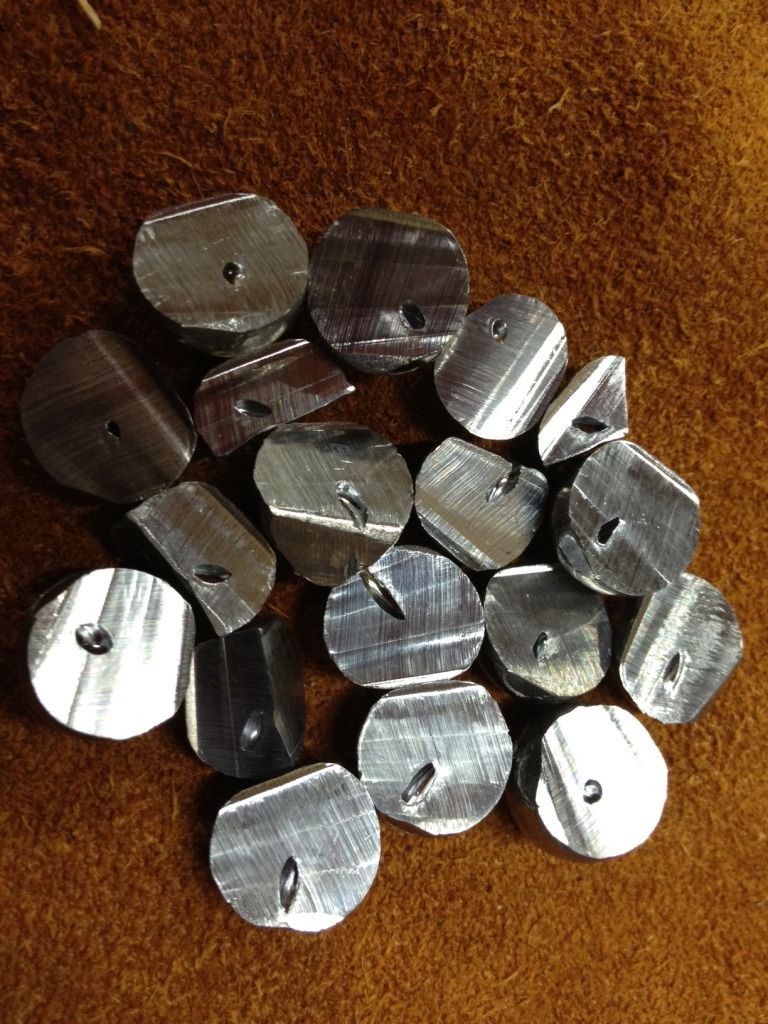I just wanted relay today's experience to you and wanted to see if any of you had some feedback. This was the first time I had used a JT brass mould. I cast 162 pure lead ball of the .490"...my heaviest ball was 177grains. I weigh the balls and keep everything within 1 grain of the heaviest...and here is my conundrum... I was left with about a dozen balls. All the others were light!... so, the only thing that can be going on here is that I have air bubbles in what look to be good ball. My pure lead casting temp was 840 degrees F. I had no wrinkled ball, so I thought they were filling out nicely. What do you suppose went on? Obviously I need to increase the number of "good" ball and this has never happened to me.
Any insight you could provide would be greatly appreciated!
Any insight you could provide would be greatly appreciated!






